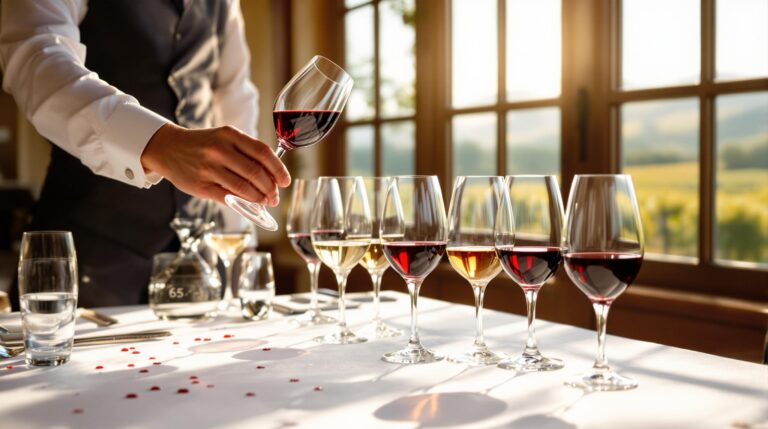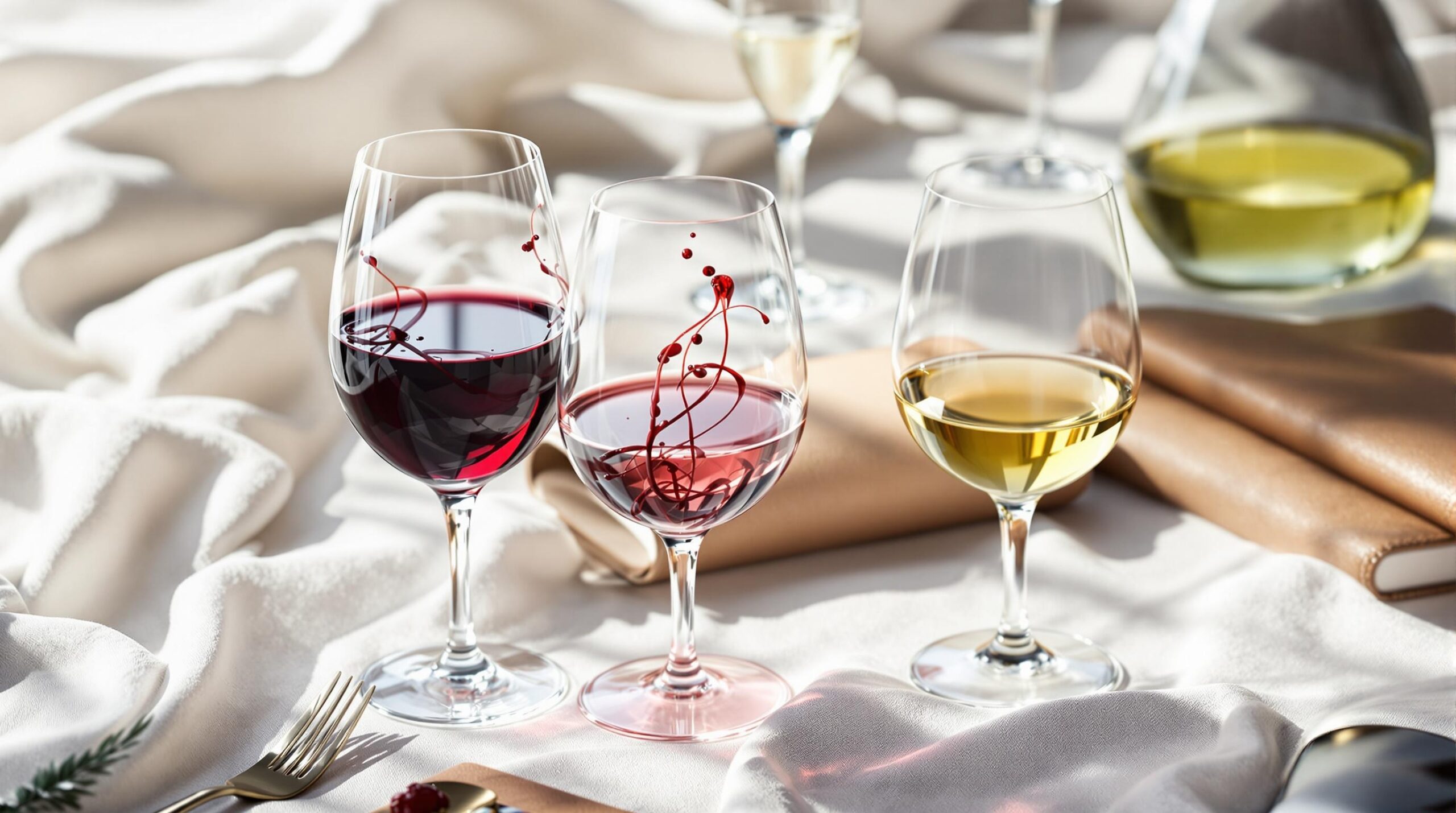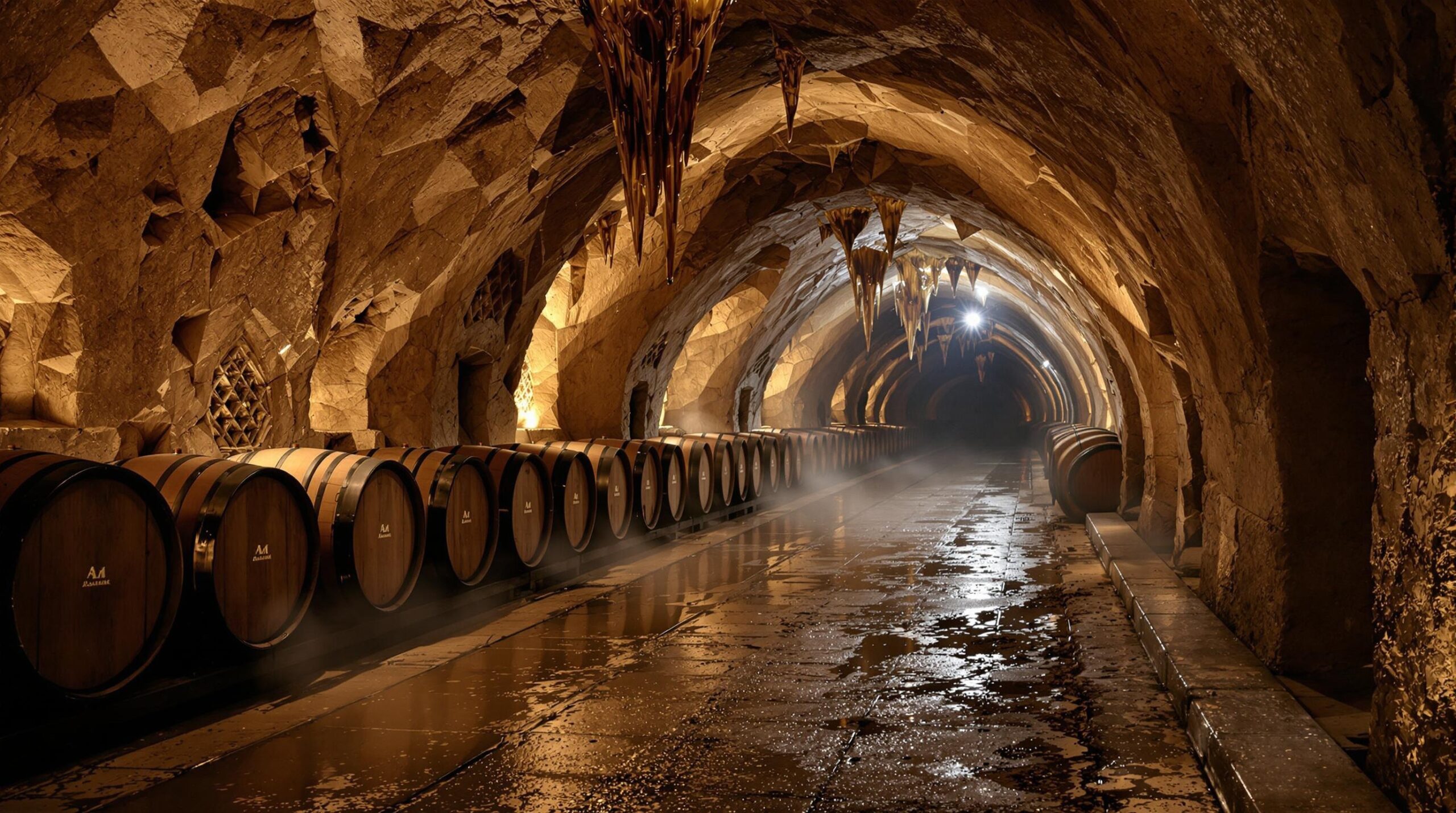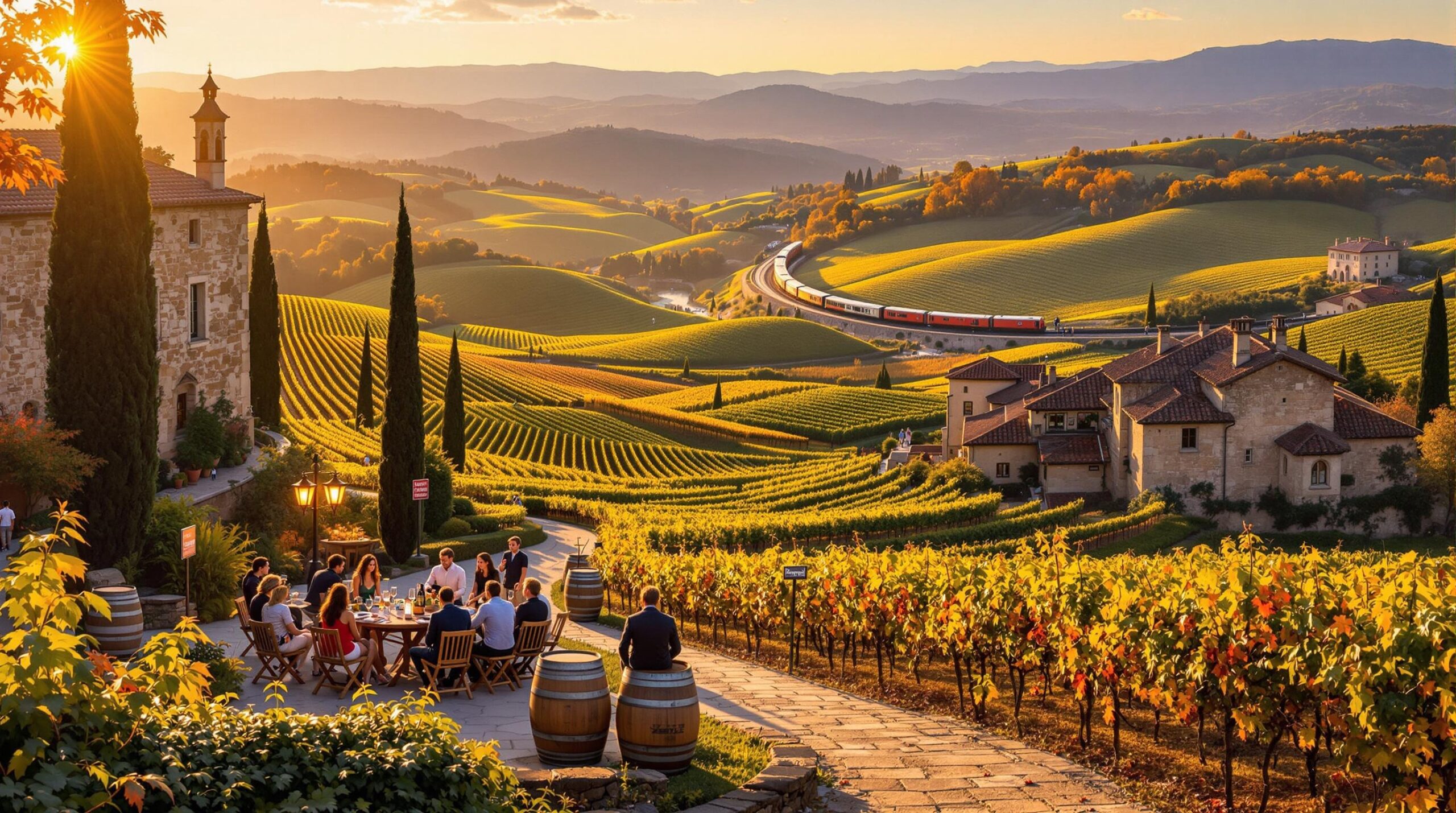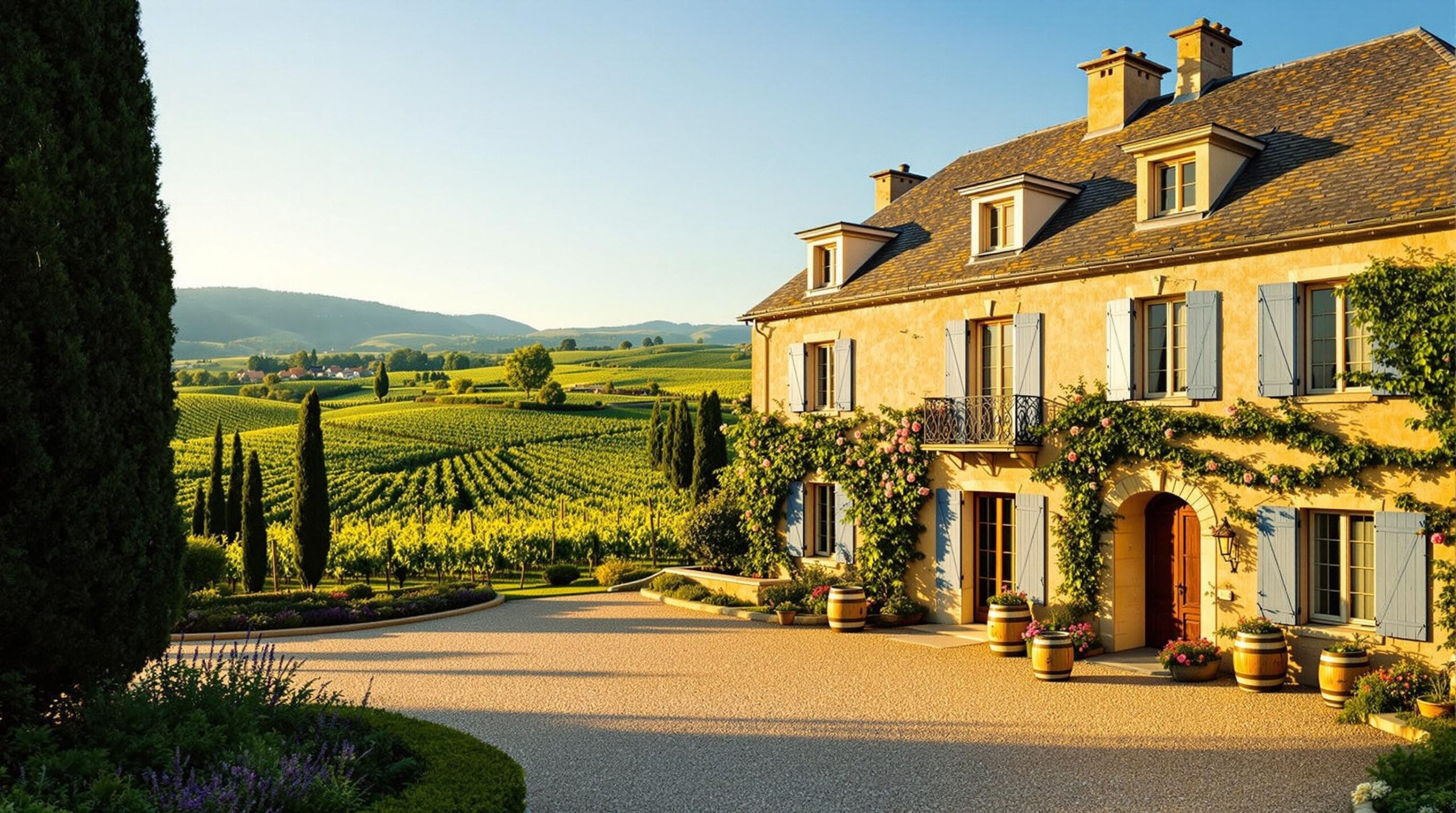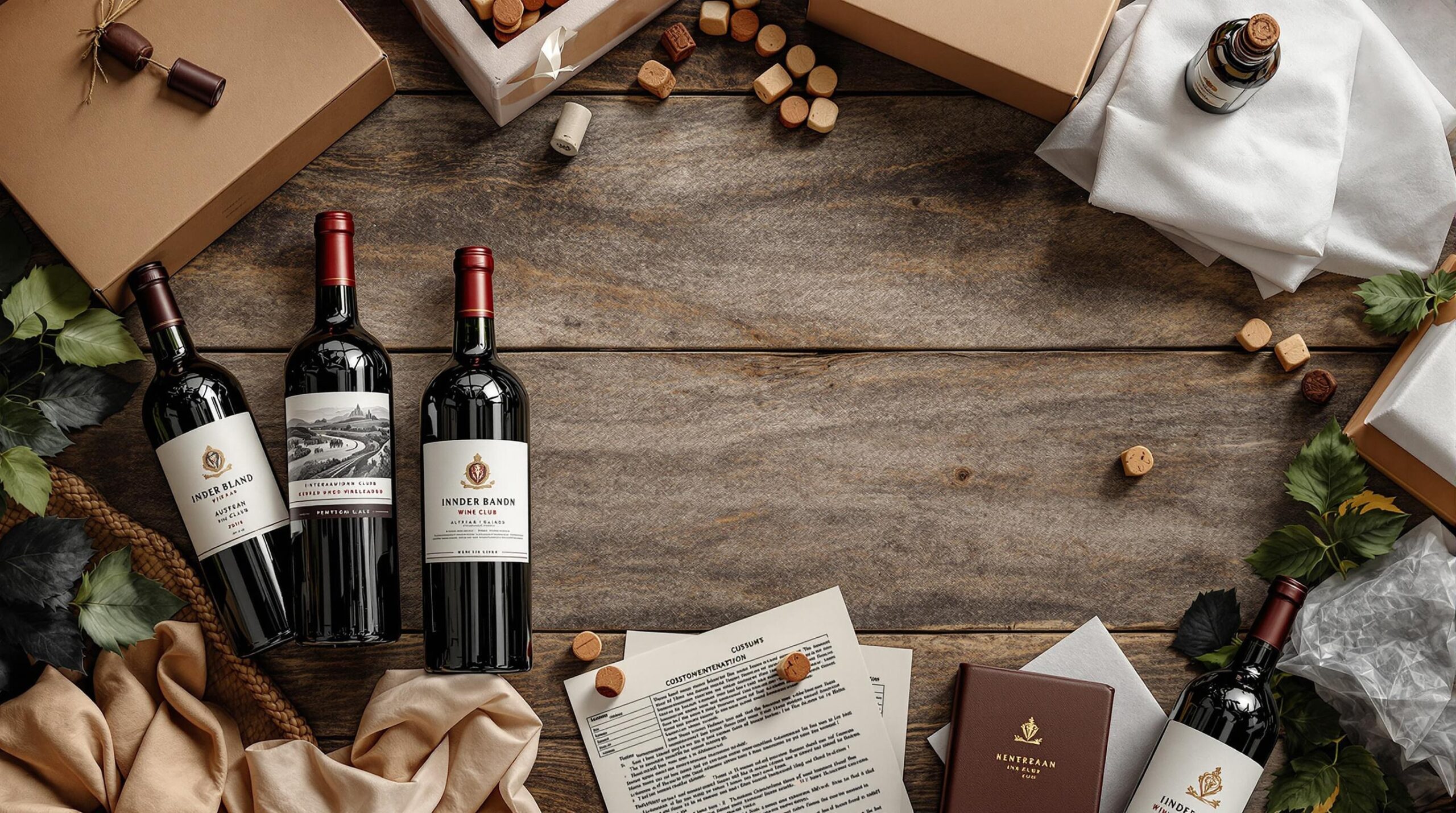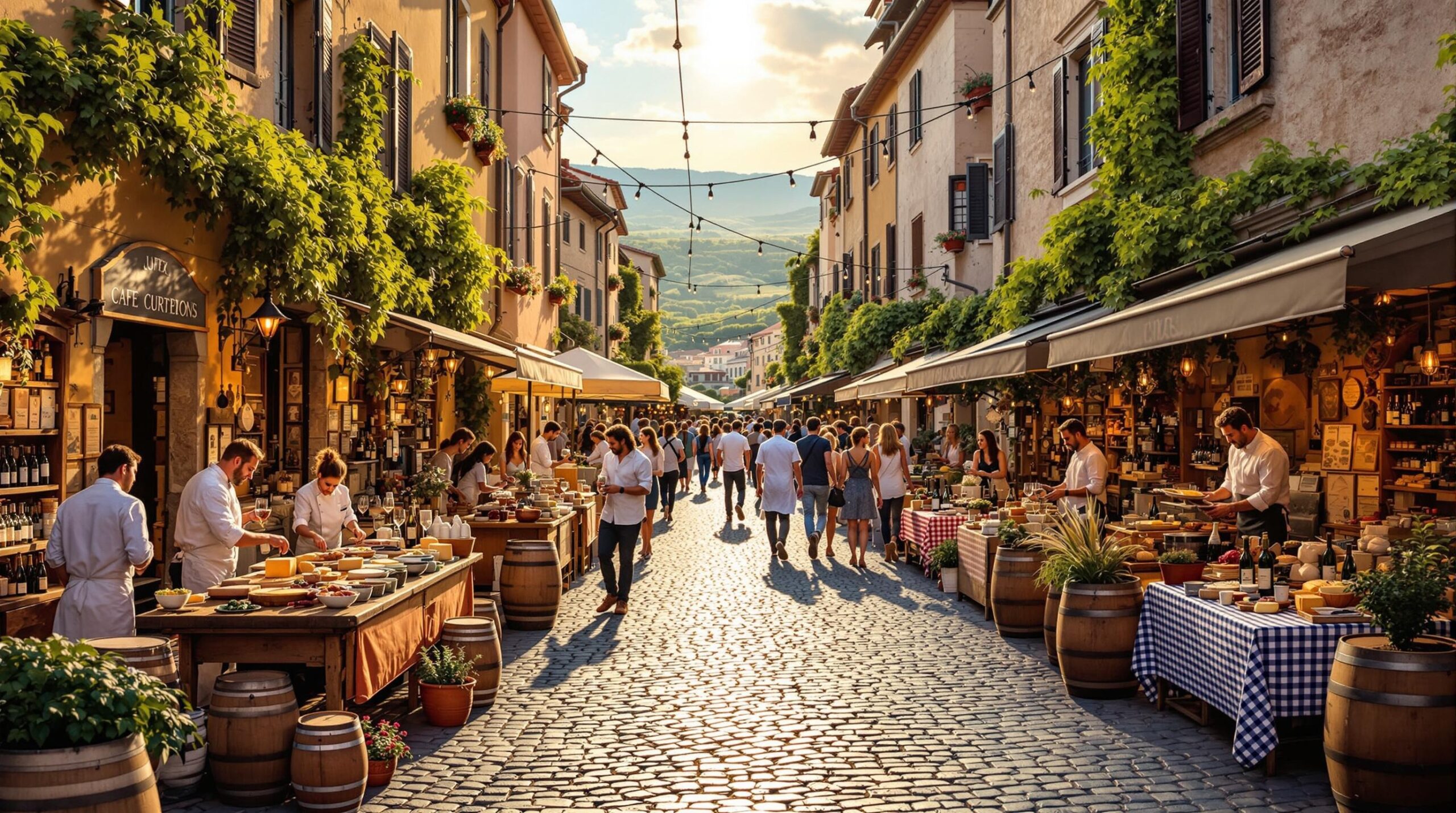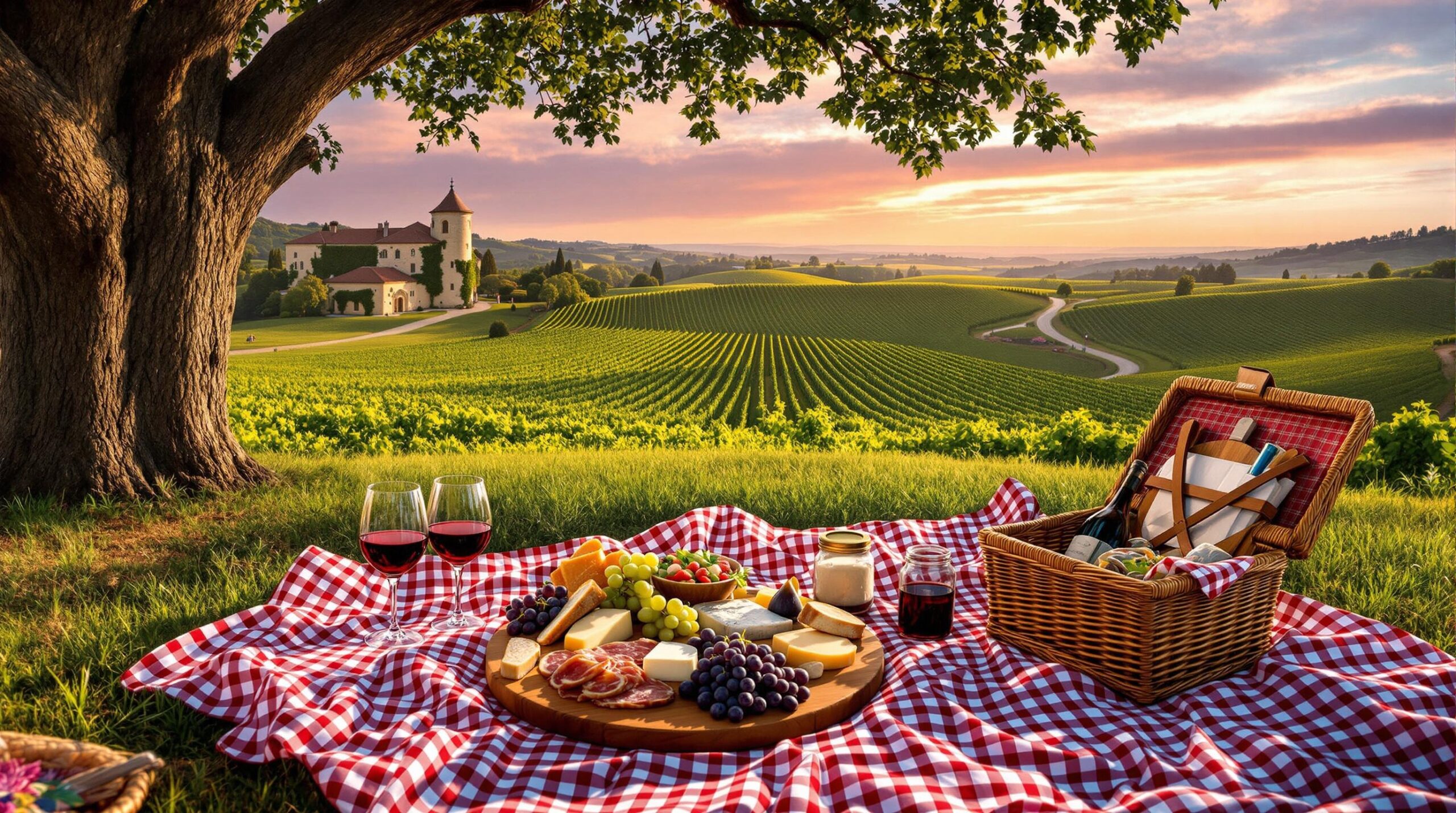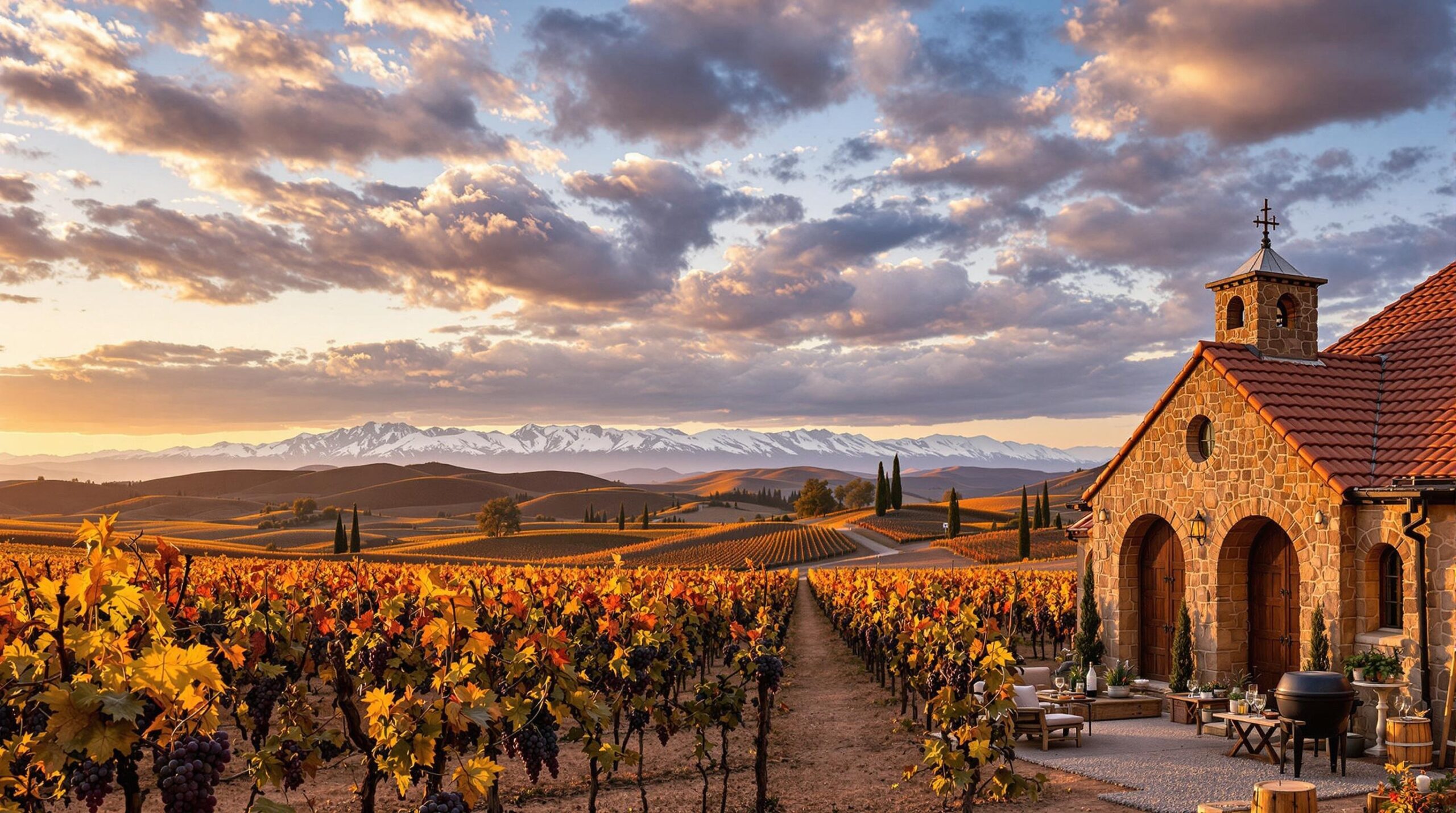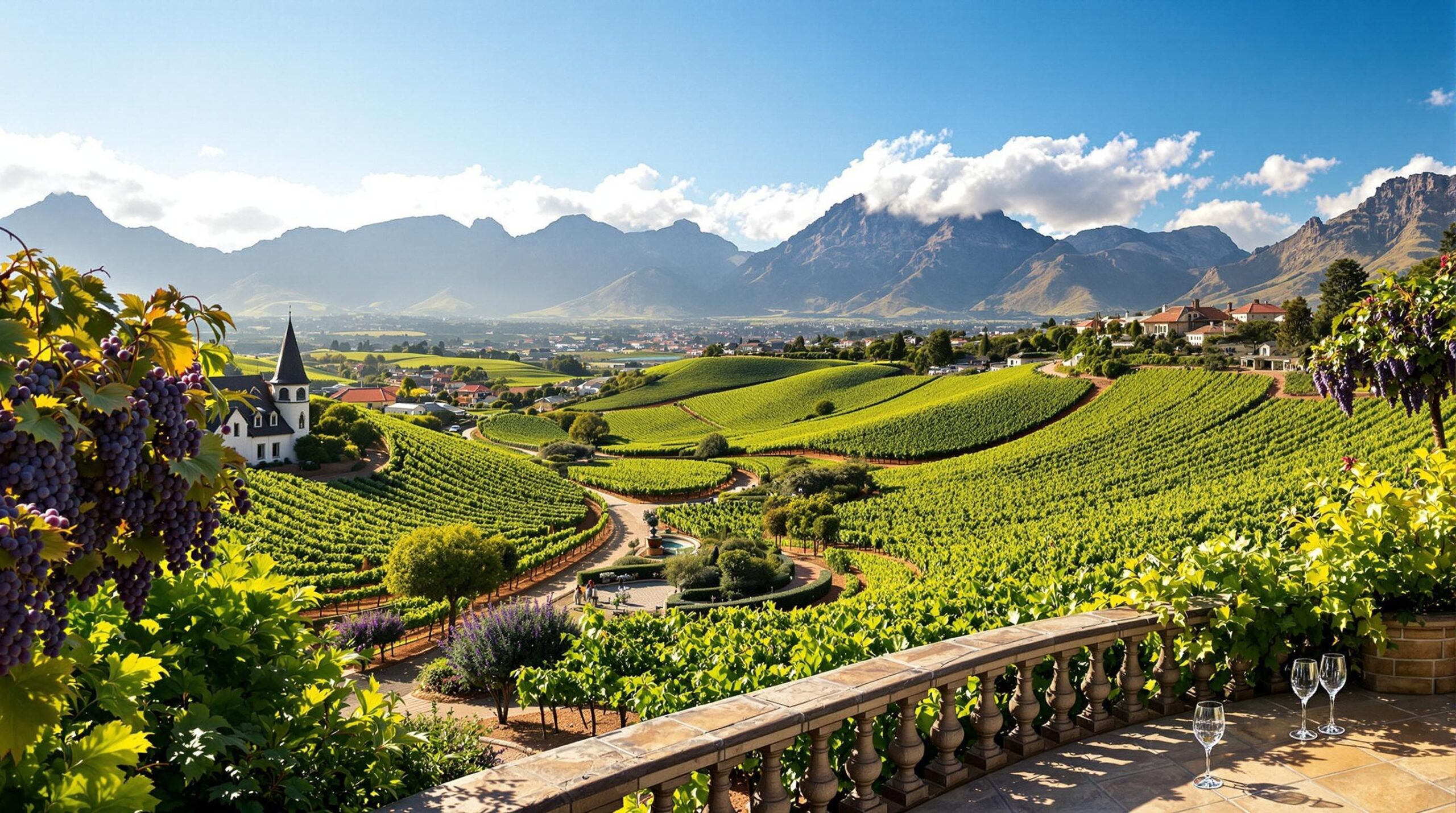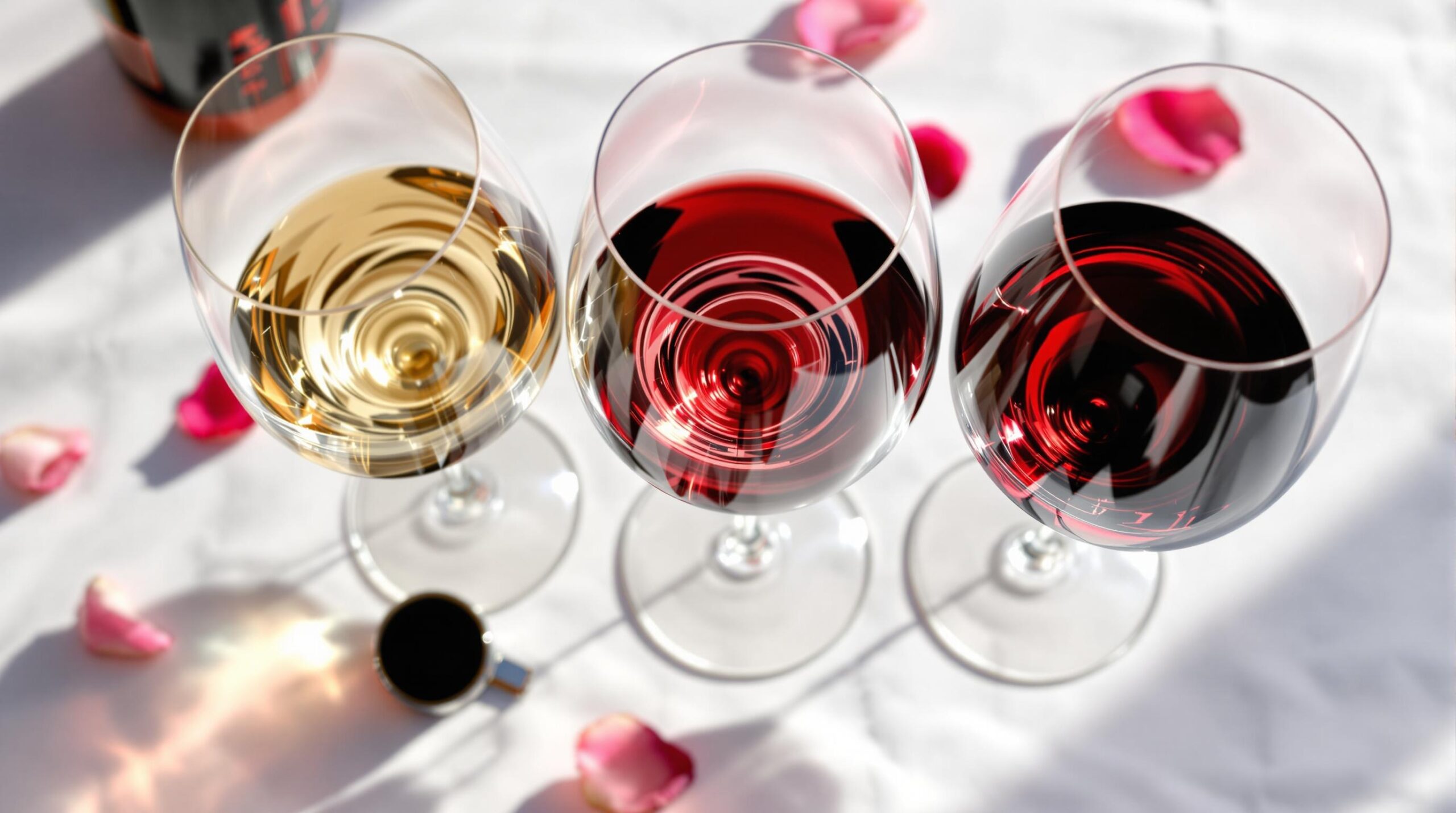Proper wine tasting goes beyond simply sipping and swallowing. Wine tasting technique helps unlock complex flavors and aromas that might otherwise go unnoticed. Understanding how to taste wine properly enhances both casual enjoyment and professional appreciation.
The Science Behind Wine Tasting
The human palate can detect thousands of unique flavors, but proper technique maximizes this ability. Retronasal olfaction – the connection between taste and smell – plays a key role in wine appreciation. Temperature also affects how we perceive wine’s characteristics.
Key Elements of Taste Perception:
– Sweet receptors on the tip of tongue
– Acid receptors on the sides
– Tannin/bitter receptors at the back
– Aromatics through the nose
Mastering the Four-Step Tasting Process
Professional wine tasters follow a methodical approach to evaluate wine:
1. Look: Examine color and clarity
2. Swirl: Release aromas and observe viscosity
3. Smell: Identify primary and secondary aromas
4. Taste: Take small amount and aerate across palate
Common Tasting Terms:
– Body: Light, medium, full
– Acidity: Crisp, bright, flat
– Tannins: Soft, firm, aggressive
– Finish: Short, medium, long
Creating Your Tasting Environment
The right setting enhances wine appreciation:
– Room temperature: 65-68°F (18-20°C) for reds
– Proper glassware: Clean, clear, and appropriate shape
– Neutral environment: Free from strong odors
– Good lighting: Natural light preferred
Essential Tools:
– Wine glass (ISO standard)
– Spittoon or dump bucket
– Water for palate cleansing
– Tasting notebook
[Note: This covers the first 4 sections of the outline, focusing on the fundamentals of wine tasting technique while maintaining a practical, accessible tone.]
Pairing Food with Wine During Tasting
Certain foods enhance or detract from wine appreciation during tastings. Strategic pairing helps develop your palate while identifying subtle flavor interactions. Simple crackers cleanse the palate between wines.
Best Tasting Companions:
– Plain water crackers
– Mild cheese
– Plain bread
– Unflavored nuts
Common Wine Tasting Mistakes to Avoid
Small adjustments in technique lead to better tasting experiences. Temperature control and proper glass handling make significant differences. Rushing through tastings prevents full appreciation.
Key Mistakes:
– Serving wines at wrong temperature
– Using scented products before tasting
– Filling glasses too full
– Tasting too many wines at once
Organizing Your First Wine Tasting
Home tastings offer relaxed learning environments. Start small with 3-4 wines from similar regions or varietals. Compare similar wines to spot subtle differences.
Planning Checklist:
– Select wine theme (region/varietal)
– Prepare tasting cards
– Set up glassware
– Plan palate cleansers
– Create tasting order (light to bold)
Building Your Wine Knowledge
Regular practice develops wine appreciation skills. Keep notes of your tastings to track preferences and learning. Join local wine groups or take basic courses to expand knowledge.
Learning Resources:
– Wine apps for tracking tastings
– Local wine shop tastings
– Online wine courses
– Wine reference books
– Tasting groups
Progress Tracking:
– Take photos of labels
– Record tasting notes
– Document food pairings
– Rate wines consistently
– Track price points
The focus stays practical while providing actionable steps for wine tasting success. Each section builds on previous knowledge while maintaining accessibility for beginners.
FAQs About Wine Tasting Etiquette
Why do wine tasters spit wine?
Spitting wine allows tasters to evaluate multiple wines without becoming intoxicated. Professional tasters often sample 20-100 wines in a single session, making spitting essential for clear judgment.
What’s the proper spitting technique?
Form your lips into an ‘O’ shape and project the wine in a steady stream toward the spittoon. Practice with water at home to develop accuracy and avoid splashing.
Is it rude to spit wine at tastings?
No, spitting is expected and professional at formal tastings. Most wineries provide spittoons specifically for this purpose.
Should beginners spit wine?
Yes, especially when tasting multiple wines. It helps maintain clarity and allows you to experience more wines while staying sober.
What equipment do I need for spitting?
- Personal spitting cup (if shared spittoons aren’t available)
- Dark-colored napkin
- Water for rinsing
When should I not spit wine?
Don’t spit premium or rare wines that you’ve specifically chosen to experience fully. Small private tastings with 2-3 wines typically don’t require spitting.
How do I avoid embarrassment while spitting?
- Position yourself close to the spittoon
- Take smaller sips
- Use a personal cup if you’re uncertain
What’s the difference between a professional and social tasting?
Professional tastings focus on evaluation and require spitting. Social tastings are more relaxed, with optional spitting and smaller wine selections.
Where should I aim when spitting?
Aim for the center of the spittoon, about 2-3 inches from the opening. This reduces splash and maintains cleanliness.
How do I practice spitting technique?
- Start with water at home
- Use a large plastic cup as target
- Practice distance control
- Master the steady stream technique
Tips for Successful Wine Tasting
- Stay hydrated: Drink water between tastings
- Eat beforehand: Light, neutral foods work best
- Take notes: Document your impressions
- Pace yourself: Allow time between tastings
- Avoid strong scents: Skip perfume or cologne
Common Mistakes to Avoid
- Waiting too long to spit (leads to alcohol absorption)
- Standing too far from spittoons
- Taking oversized sips
- Forgetting to rinse between wines
- Rushing through tastings

